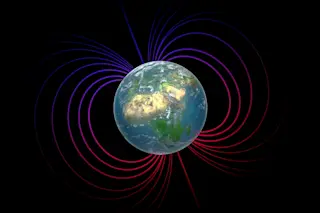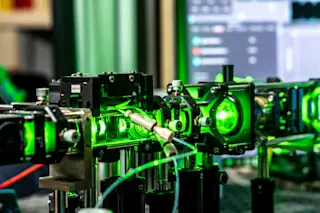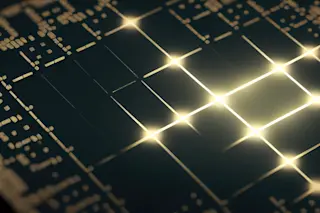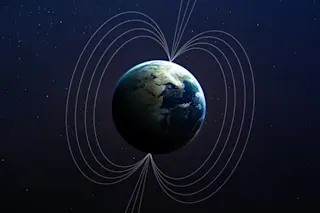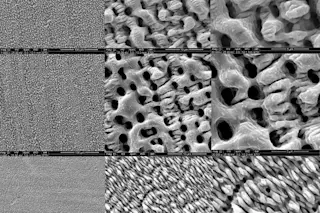Remember what the world was like ten years ago? You had to crank the car to get it started, buy ice to keep your food cool, and resign yourself to inky hands when you changed the ribbon in that manual typewriter. All right, that may be a bit exaggerated, but the number of technological innovations over the past decade has been amazing—from portable cell phones to the World Wide Web. Even commonplace video games are now loaded with complex software. The detailed combat scenes that run effortlessly on today’s desktop PCs would have required the most powerful computer on Earth ten years ago.
The Discover Awards for Technological Innovation, now in their tenth year, celebrate the oft-unsung geniuses behind this sort of wizardry—bleary-eyed inventors in underfunded labs who work a mysterious alchemy that transforms napkin sketches into tomorrow’s indispensable tools. Looking through the past ten years of Discover shows that ...





